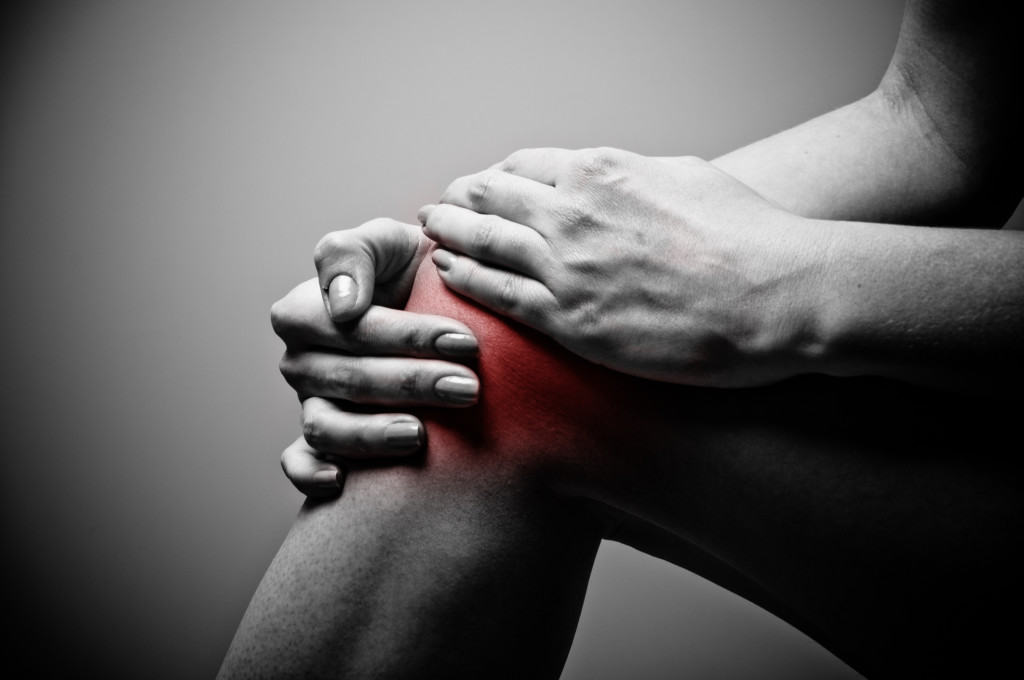The spotlight on the recent police brutality on black people has urged us all to take a closer look at systemic racism and how our silence and non-action is contributing to this ongoing problem. For far too long white privilege has played an unconscious role in our society. These unconscious forces fuel racism. As a white physical therapist, I realized that educating myself on how systemic racism plays out in health care, specifically pain management is of paramount importance if I want to be part of the change I would like to see in the world.
I’ve looked at the research that’s been done on race and pain management, and have found a large body of scientific evidence that shows the prevalence of racial bias in pain management. From false beliefs about biological differences in pain experiences between races to treatment disparities and racial bias in workers’ compensation claims, I will discuss 3 areas of racial bias in pain management supported by the research.
Beliefs about biological differences
Some, if not most of our beliefs are implicit and unconscious. It is imperative that we examine our own actions and beliefs with a keen awareness. Studies have shown that physicians are more likely to “underestimate the pain of black patients (47%) relative to nonblack patients (33.5%)” when they compared self-reported pain levels of patients with that of physicians’ perception of patients’ pain. (1)
In the United States there are deeply engrained and centuries-old belief systems that blacks and whites are biologically different, especially when it comes to pain experiences. Scientists, physicians, and slave owners advocated this belief to justify the inhumane treatment of blacks, from slavery to medical research.
According to the literature, 19th century physicians believed that blacks had less sensitive nervous systems and that blacks “bore a ‘Negro disease [making them] insensible to pain when subjected to punishment,’” and that they “could tolerate surgical operations with little, if any, pain at all.” This bias extended into the 20th century and into the military that used black soldiers during World War II to test chemicals such as mustard gas. (2)
To this day, well into the 21st century, implicit beliefs and racial bias in pain management continue and affect the way we assess and treat pain in people of color.
Racial bias in pain assessment and treatment recommendations
There is a large body of research done on racial bias in pain management and treatment. In a meta-analysis study on this topic conducted in 2012, the researchers analyzed 20 years of research on racial and ethnic disparities in treatment for pain in the US. They concluded the following:
The overarching findings indicate that
- a systematic bias operates in the treatment of pain that is qualitatively different for certain groups and outcomes;
- the size of difference in analgesic treatment between Whites and some racial and ethnic groups is sufficiently large to impact clinical outcomes raising safety concerns; and
- the treatment gap for important pain outcomes do not appear to be closing with time or existing policy initiatives. (3)
The statistics are staggering. According to the research, blacks are “significantly less likely than white patients to receive analgesics for extremity fractures in the emergency room (57% vs. 74%), despite having similar self-reports of pain.” Even among children, they have found that black patients with appendicitis were less likely to receive appropriate pain medication for the severe pain that accompanies such a diagnosis than their white counterparts. (2)
In another study looking at pain management in cancer patients, they found that “only 35% of racial minority patients received the appropriate prescriptions— as established by the World Health Organization guidelines— compared with 50% of nonminority patients.” (2) These racial disparities even exist in the rates of orthopedic surgeries for the treatment of pain, as well the outcomes of surgical procedures. White patients had significantly better outcomes than blacks and other non-white patients. (4)
Workers’ compensation for pain-related claims
Pain-related workers’ compensation claims have also been found to have disparities in treatment, quality of care, as well as disability reimbursement between Caucasians and African Americans. In addition to less compensation for medical treatment and case settlement under workers’ compensation, African Americans also reported less satisfaction with workers’ compensation processes. As a result of all these factors, African Americans reported higher levels of disability after workers’ compensation claim settlement. (5)
Knowledge is power. Knowing that these beliefs and disparities exit, we are urged to observe with a keen awareness how we view, treat, and listen to our black friends, family, and patients. Let us all, in whichever field or walk of life we find ourselves in, make a concerted effort to become more aware of our own implicit beliefs and unconscious actions (and non-actions), to change these statistics, and to help create a more just and equal world.
Danél Lombard, MPT, MA is a Integrative Physical Therapist at the Akasha Center. you can schedule an appointment with her by callin g 310-451-8880 or emailing us at info@akashacenter.com.
References
1. Staton LJ, et al. When race matters: Disagreement in pain perception between patients and their physicians in primary care. J Natl Med Assoc 2007; 99(5):532–538.
2. Kelly M. Hoffman, Sophie Trawalter, Jordan R. Axt, and M. Norman Oliver. Racial bias in pain assessment and treatment recommendations, and false beliefs about biological differences between blacks and whites. PNAS (2016) 113 (16) 4296-4301. https://doi.org/10.1073/pnas.1516047113
3. Salimah H. Meghani, PhD, MBE, Eeeseung Byun, PhD(c), and Rollin M. Gallagher, MD, MPH. Time to Take Stock: A Meta-Analysis and Systematic Review of Analgesic Treatment Disparities for Pain in the United States. Pain Medicine 2012; (13):150-174
4. Meints SM, Cortes A, Morais CA, Edwards RR. Racial and ethnic differences in the experience and treatment of noncancer pain. Pain Manag. 2019; 9(3):317-334. doi:10.2217/pmt-2018-0030
5. Chibnall JT, Tait RC. Disparities in occupational low back injuries: Predicting pain-related disability from satisfaction with case management in African Americans and Caucasians. Pain Med 2005;6(1):39–48.



















